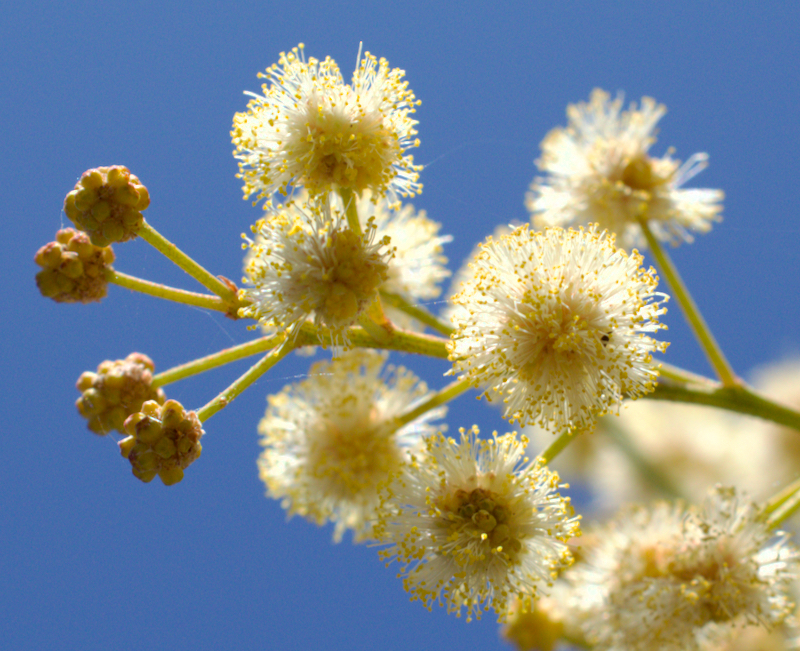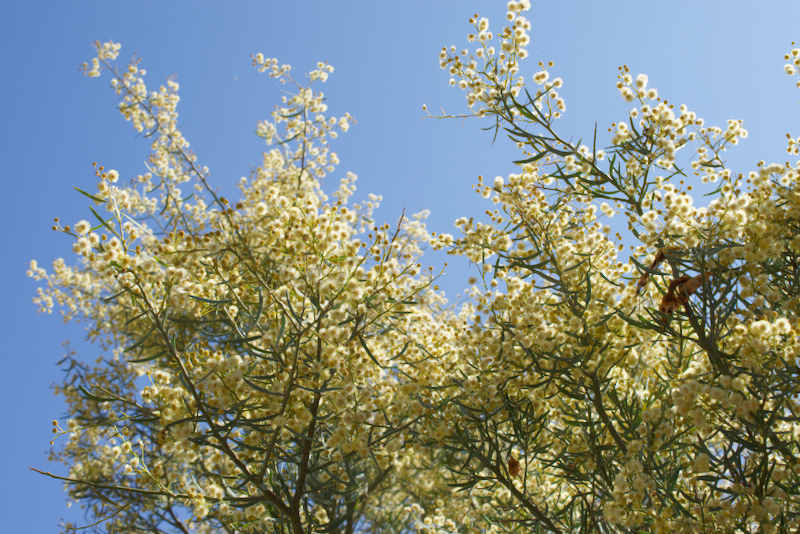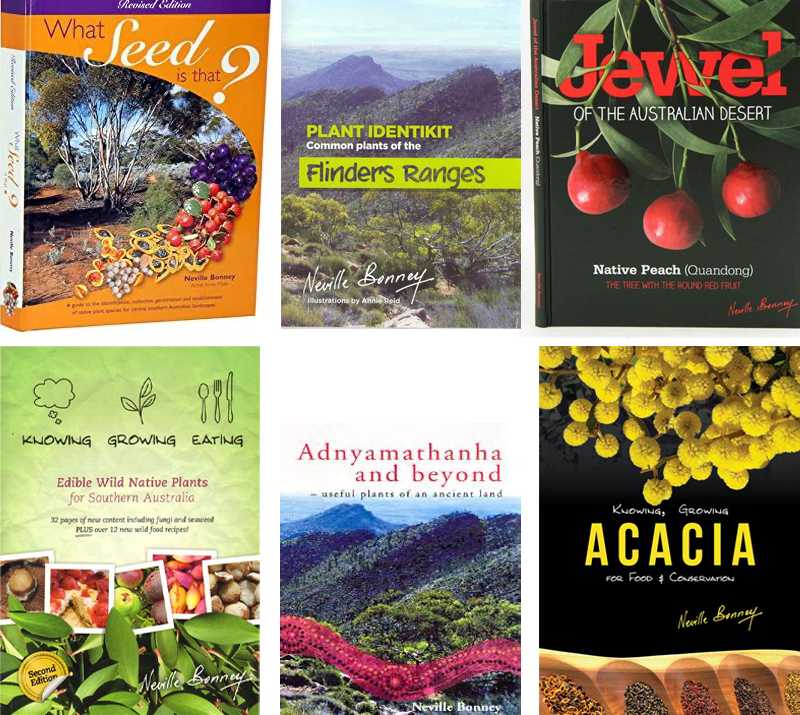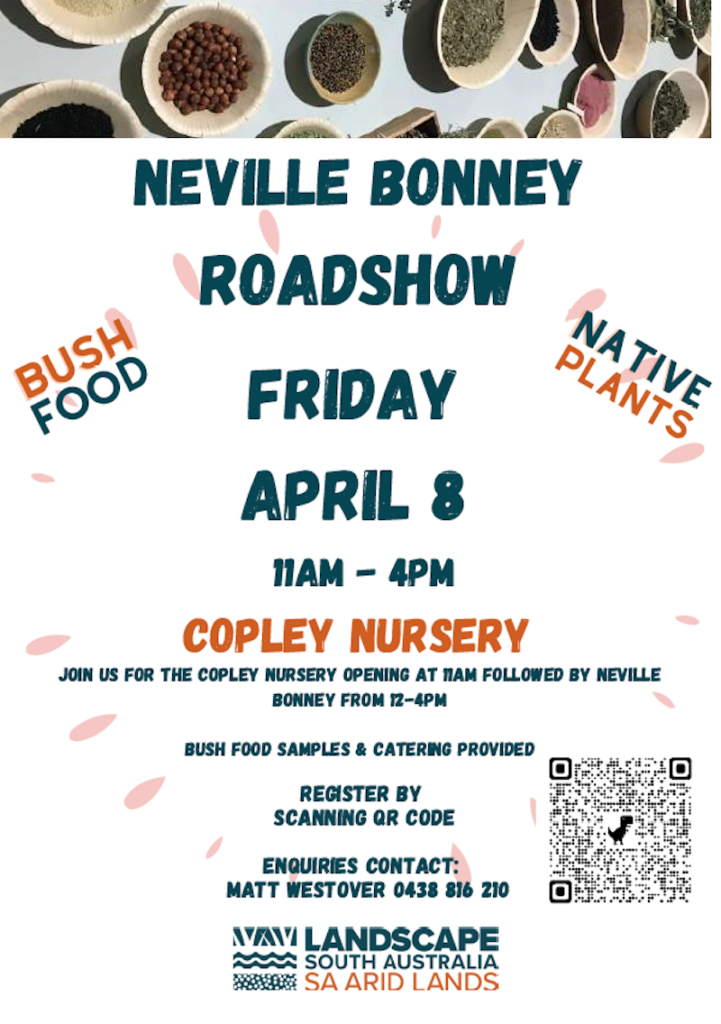Acacia victoriae is prolific in the Flinders Ranges, flowering profusely in spring. Also known as the Elegant Acacia or Prickly Wattle, seeds are harvested to make flour and the gum is also edible.


Acacia victoriae is prolific in the Flinders Ranges, flowering profusely in spring. Also known as the Elegant Acacia or Prickly Wattle, seeds are harvested to make flour and the gum is also edible.


Neville Bonney is an experienced researcher, author and producer of Australian bush foods. His recent road show through the Flinders Ranges was received with great enthusiasm, covering botany and propagation techniques as well as a surprising culinary array. The Leigh Creek Library collection includes Neville’s publications:


Marsdenia australis, also known as the bush banana, native pear or Mayaka, is a climber producing edible fruit. Flowering in the Flinders Ranges in December.

Tetragonia, an edible groundcover also known as Warragul Greens and New Zealand Spinach seen commonly throughout the Flinders Ranges during the cooler months.


Psyllids are sap sucking insects which excrete a sugary starch to form lerps – white shelter casings. Lerps are a sweet bush food that can be occasionally found around Eucalypts in the Flinders Ranges.
Continue reading “Lerps on Eucalyptus”Enchylaena tomentosa, commonly known as Ruby Saltbush produces a colourful array of sweet edible fruits.

Santalum lanceolatum is known variously as Sandalwood, Native Plum, Bush Plum, Plumbush. As with the related Quandong, it is semi-parasitic in that it will connect its roots to other trees. Seen commonly in the Flinders Ranges in clay and sandy plains and watercourses.
The dark fruit is a bland but palatable bush food, similar looking to the inedible fruit of Eremophila longifolia. Species feeding on the berries include the Singing Honeyeater.

Nitraria billardierei, commonly known as Nitrebush, is a spreading perennial seen here in the saline clays around Copley. The sour, salty fruit is a bush food, eaten raw or made into jams and sauces.


Santalum acuminatum, also known as the Desert Quandong or Wild Peach, is a nutritious bush tucker. Fruit ripens with warm northerly winds between August and October. Quandong fruit is very high in vitamin C and can be harvested when fresh or dried. Nuts contain rich edible kernels with antibacterial properties.